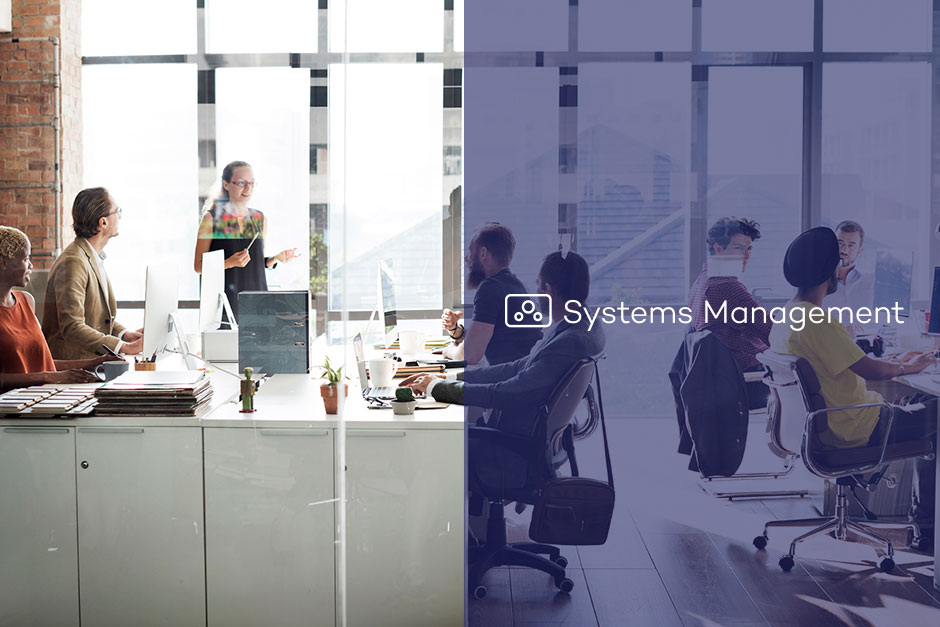 The ship of single-device users sailed long ago. Our desks are covered with technology: desktop PCs, laptops, phones, smartphones, etc. and our technological needs have also changed (in fact, they keep changing!). We can’t just think about what we need to do: we need to take action. But despite this, it is challenging to develop an integrated strategy that that protects multiple devices while adapting to user behavior. Businesses cannot afford to fall behind (and fall victim to cyberattacks!) because they did not implement the right tools and practices for their IT infrastructure.
The ship of single-device users sailed long ago. Our desks are covered with technology: desktop PCs, laptops, phones, smartphones, etc. and our technological needs have also changed (in fact, they keep changing!). We can’t just think about what we need to do: we need to take action. But despite this, it is challenging to develop an integrated strategy that that protects multiple devices while adapting to user behavior. Businesses cannot afford to fall behind (and fall victim to cyberattacks!) because they did not implement the right tools and practices for their IT infrastructure.
We use a variety of channels and network-connected devices (and that number is growing exponentially) to communicate in the workplace. Now, we also have to think about a new group that may affect our business’s security that includes both BYOD (Bring Your Own Device) and the Internet of Things (IoT), and they require proper protection, management and control.
Microsoft and Apple Take Control
The growth of connected devices has led to a computer security revolution. IT teams in companies are adapting to new security requirements by implementing monitoring software and management software to control the devices that makeup the IT infrastructure. If the service is hosted in the Cloud, the better. It’s no longer necessary for an additional superstructure since a network connection and console access via browser is sufficient enough.
In 2011, Apple realized the benefit of Cloud-based management, and amplified all of their devices, including mobile phones and tablets, to fit this model. Cloud management reduces support and operation costs. Realizing the benefits of an easy-to-use system that can be used on mobile devices too, the tech giant Microsoft has decided to adopt this strategy with their Windows 10 operating system. , Microsoft is taking advantage of this new system that offers unified management for a variety of devices, whatever they may be.
There is a high rate of protection and remote monitoring for these Cloud-based systems which has also reduced support and operational costs, increased efficiency in the IT infrastructure, and improved employee productivity. To achieve this, proper management of the company’s IT infrastructure is fundamental.
Businesses can easily monitor and offer remote support to all of their corporate devices, regardless of their location, with Panda Systems Management. This tool makes it possible to manage the IT infrastructure and its maintenance from a centralized platform.
Want to be like Microsoft and Apple? Adopt their philosophy and use a centralized management system! Manage your devices with Panda Systems Management, an easy-to-use tool that allows you to yield great benefits with minimal investment.
The post Want to be a top tech company? Use a centralized management tool. appeared first on Panda Security Mediacenter.
Source: Panda
